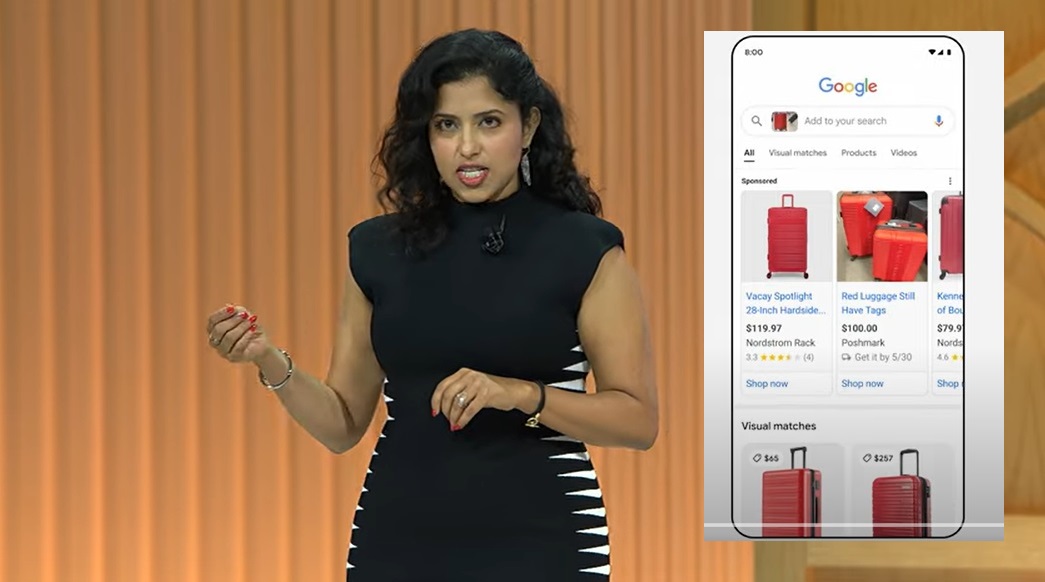At the recent Google Marketing Live event, senior executives Philipp Schindler (SVP), Vidhya Srinivasan (VP of Ads), and Sylvanus Bent (Chief Product Manager Ads) outlined Google’s ambitious vision for the future of AI advertising. They emphasized the transformative potential of AI across the entire advertising lifecycle—from creative development to media execution and performance measurement—promising an “all-at-once growth and efficiency flywheel.”
Rapid Shift in AI Adoption
According to the speakers, conversations with business leaders have shifted dramatically from questioning AI’s capabilities to eagerly exploring rapid implementation. Google is at the forefront of this shift, applying cutting-edge AI models, such as the Gemini models, to enhance value for advertisers.
AI in Google Search and Shopping
AI is revolutionizing Google Search, enabling users to perform more complex searches using natural language and visual inputs. This evolution opens new advertising opportunities. Google announced plans to pilot search and shopping ads within AI-powered overviews for U.S. users. Additionally, a redesigned visual search results page will feature shopping ads prominently, allowing users to see relevant products at a glance when a business offers the desired item.
Enhanced Campaign Performance
Google is advocating for the “power pair” approach, combining Search and Performance Max campaigns to maximize conversion performance and ROI across its platforms. In creative development, Google is introducing new controls that allow advertisers to share brand guidelines with AI models, facilitating the generation of innovative, on-brand images. For instance, AI-generated images have already enhanced advertisements for Branch Furniture.
Performance Max Enhancements
Google is enhancing its Performance Max campaigns with additional reporting and controls. Advertisers will now have visibility into conversion metrics for each creative asset, fostering greater transparency and trust in platform performance.
Visual Storytelling and New Ad Formats
Visual storytelling is a significant focus, with Google highlighting the effectiveness of vertical assets in YouTube Shorts campaigns, which can increase viewer rates by over 40%. Google also introduced new “partnership ads” powered by Brand Connect, leveraging the authenticity and trust of YouTube creators.
Advanced Shopping Features
Google is further advancing its shopping capabilities with two new Product Studio features. The first is an image-to-video model that can create engaging videos from a single product image. The second is the launch of 3D shopping ad formats, initially for shoes, allowing shoppers to view products from a 360-degree perspective.
Data and Measurement Tools
Recognizing the critical role of data, Google announced the availability of Ads Data Manager for all advertisers. This tool simplifies the integration of first-party data, ensuring AI models have the necessary information for optimal performance. To help advertisers evaluate and improve campaign performance, Google introduced Measurement Diagnostics, which analyzes website data and provides step-by-step optimization guidance.
Preparing for AI Integration
To assist advertisers in fully leveraging AI, Google introduced AI Essentials, a checklist of actions integrated into the Optiscore feature within Google Ads accounts. This checklist will help organizations prepare for the seamless integration of AI into their advertising strategies.
Conclusion
The event highlighted Google’s commitment to harnessing AI to drive tangible business results for advertisers. As the advertising landscape rapidly evolves, Google is positioning itself as a leader, pioneering the use of AI to unlock new opportunities and efficiencies.


